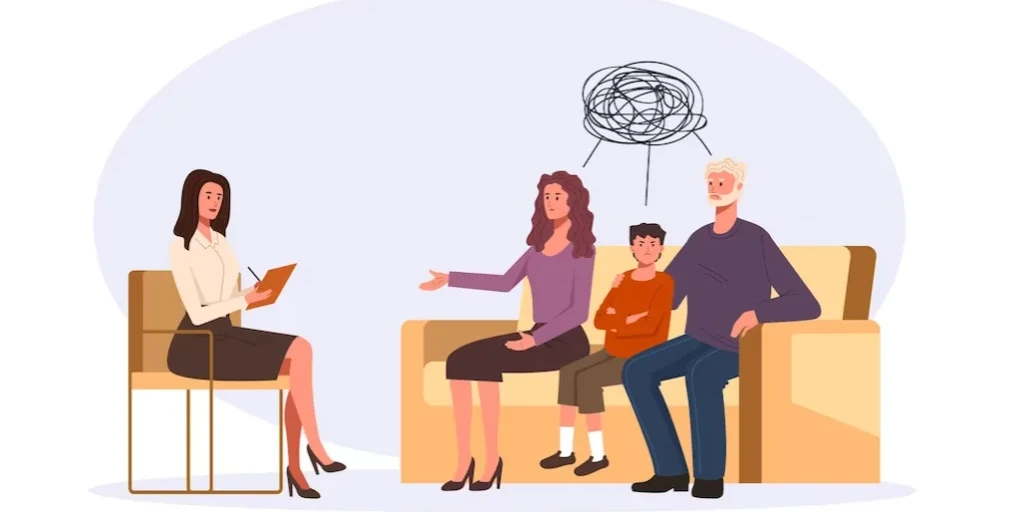24/7 Helpline:
(866) 899-221924/7 Helpline:
(866) 899-2219
Learn more about Codeine Rehab centers in Long Branch
Codeine Rehab in Other Cities

Other Insurance Options

Premera

Medical Mutual of Ohio

Health Choice

Magellan Health

WellPoint

Aetna

Excellus

Self-pay options

MHNNet Behavioral Health

State Farm

Molina Healthcare

Absolute Total Care

Highmark

Optum

Humana

American Behavioral

Choice Care Network

Access to Recovery (ATR) Voucher

CareSource

Horizon Healthcare Service

New Hope – Philip House
New Hope- Philip House, located in Long Branch, New Jersey, provides halfway house accommodations an...














Monmouth Medical Center – Outpatient
Monmouth Medical Center – Outpatient is a private rehab located in Long Branch, New Jersey. Monmouth...



